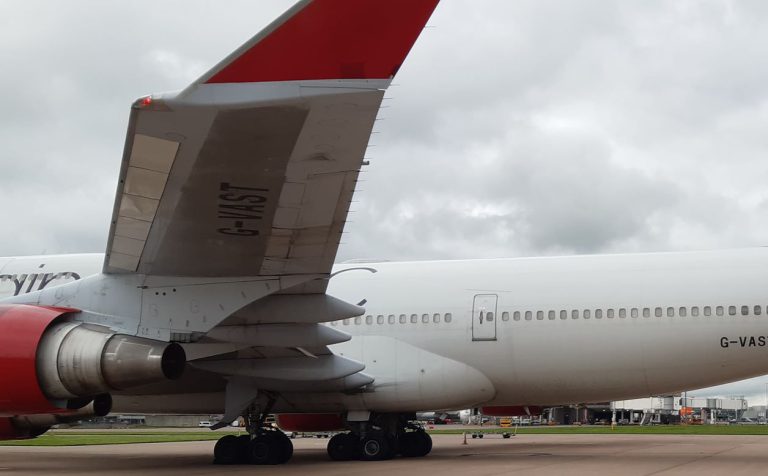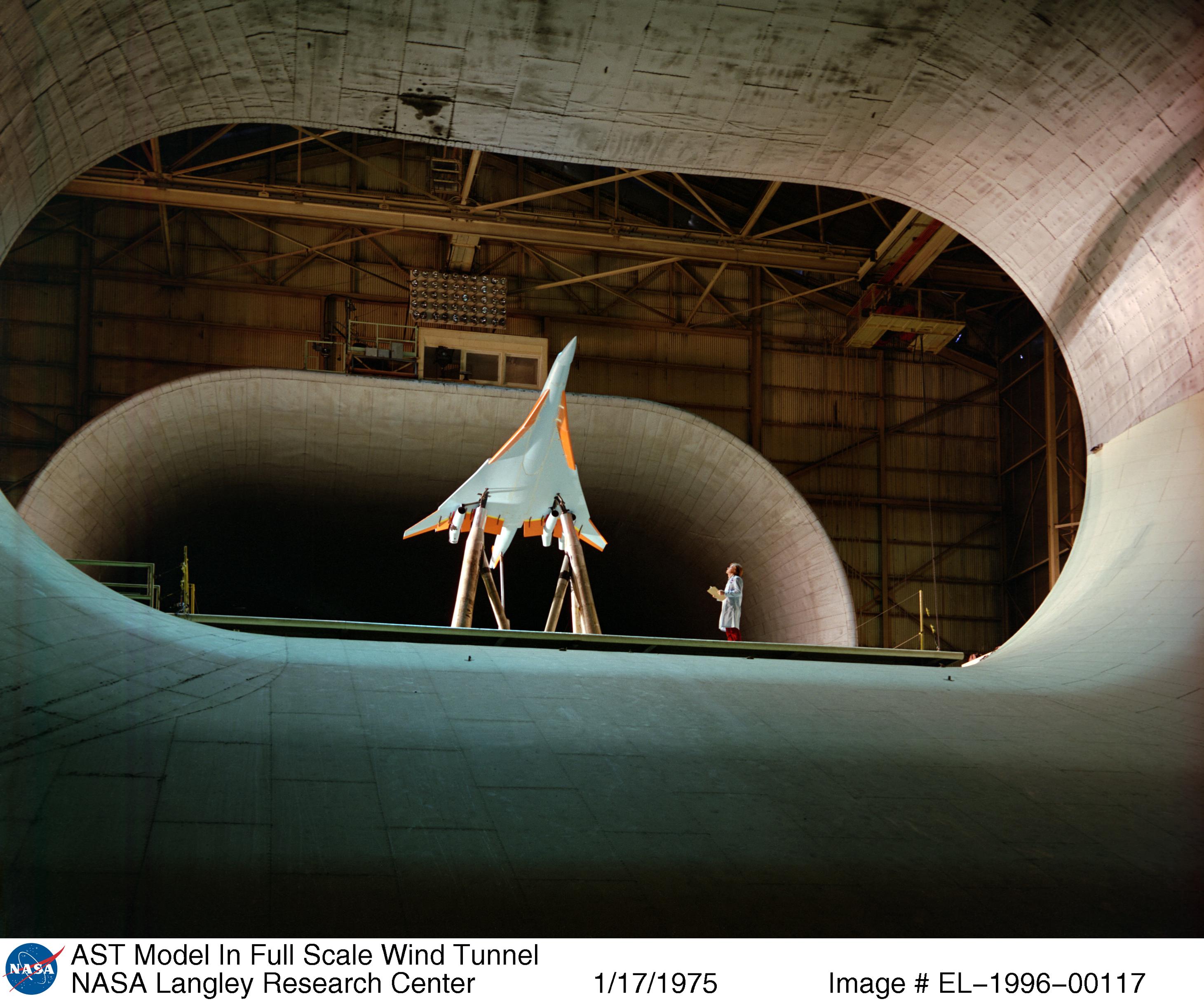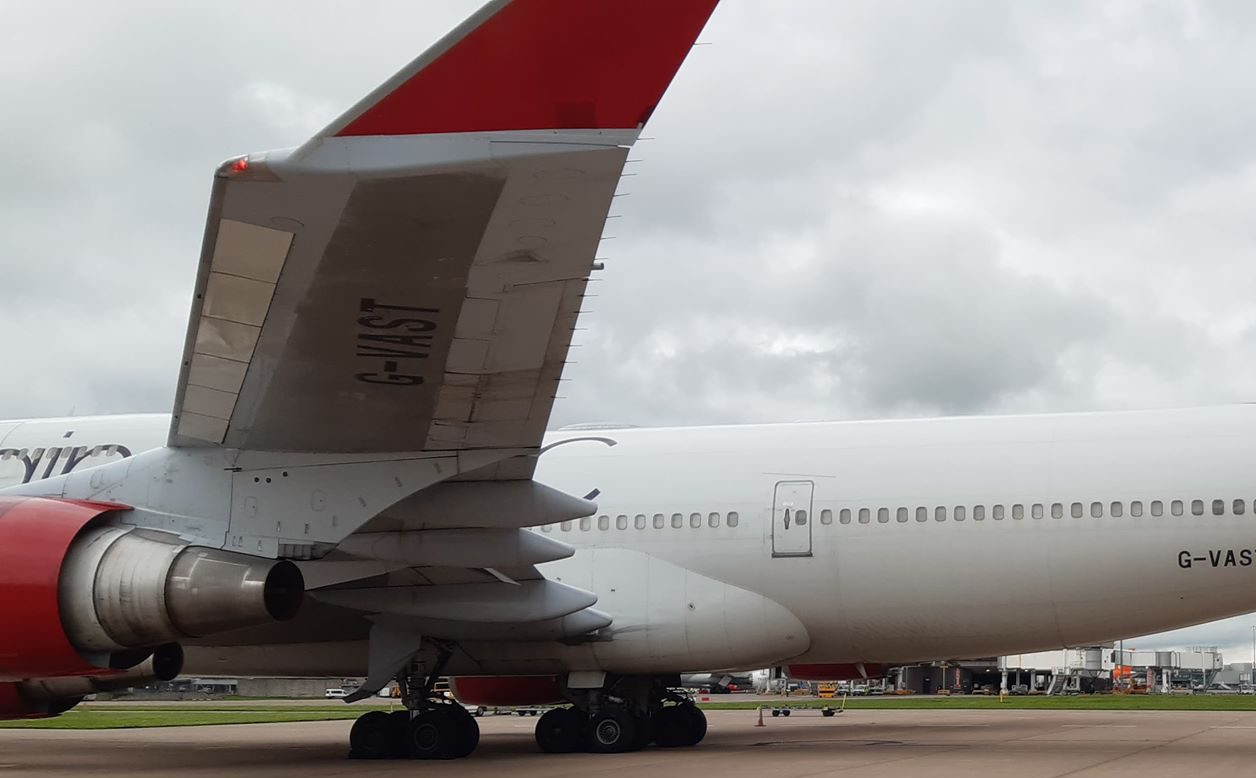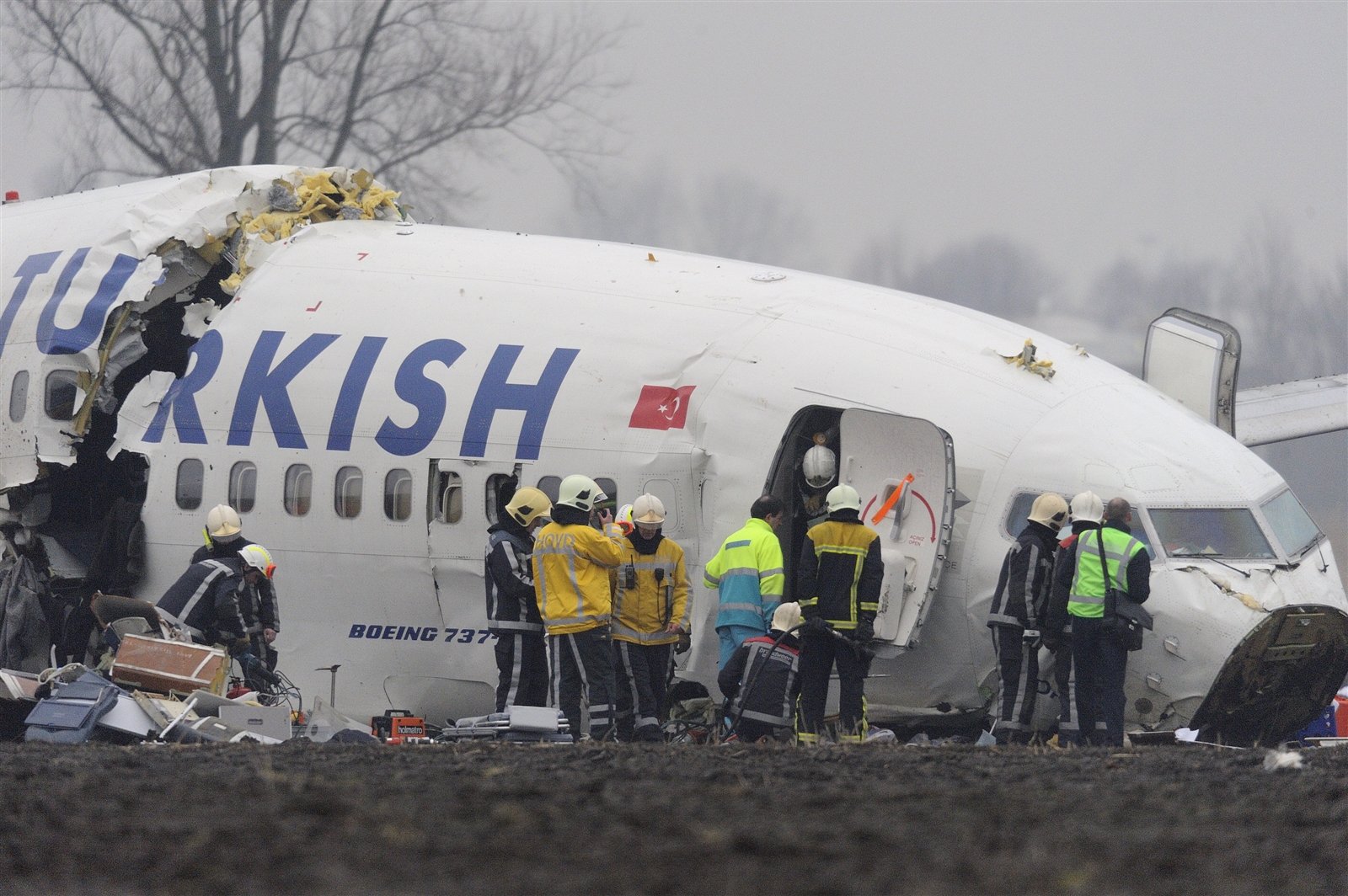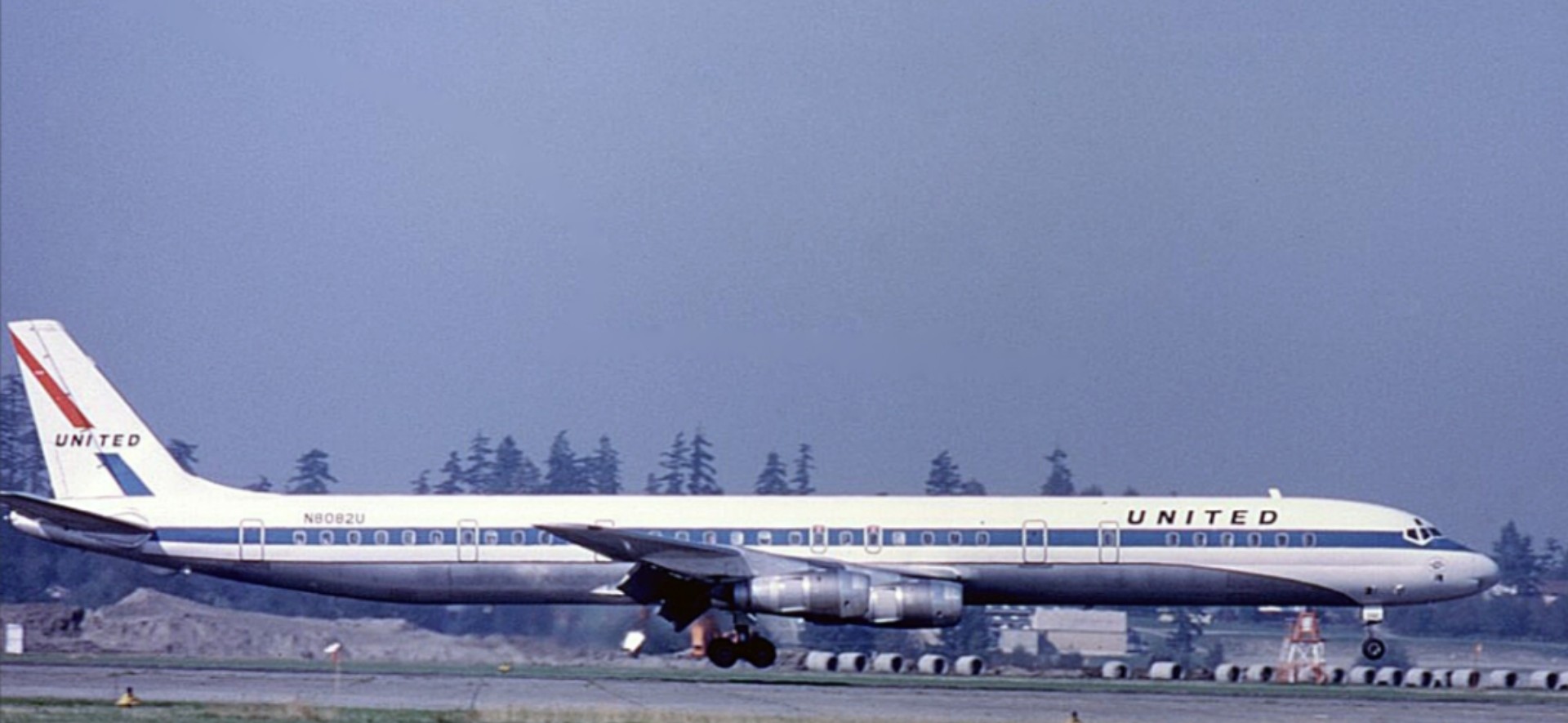When we think of the incredible progress humanity has made in aviation, the spotlight often shines on the powerful engines or sleek fuselages of aeroplanes. But let’s shift our gaze towards something equally essential: the wings. The evolution of aeroplane wing design is a fascinating tale of scientific innovation, technological advancement, and sheer human ingenuity.
The Beginnings: Birth of Wing Design
The genesis of aeroplane wing design is steeped in the age-old human fascination with birds and their enviable ability to fly. As early as the late 19th century, aviation trailblazers like Otto Lilienthal were tirelessly studying bird flight to unravel the underlying principles of aerodynamics. Their scrupulous observations were instrumental in conceiving wings that boasted a cambered or curved structure, a pioneering design that efficiently generated lift – the indispensable force that propels an aeroplane into the ethereal realm of the skies.
This biomimicry-inspired wing design marked a critical juncture in aviation history, laying the groundwork for the world’s first triumphant powered flight in an aircraft heavier than air, achieved by the indomitable Wright Brothers with their historic Flyer in 1903. The intersection of observational biology and creative engineering resulted in this groundbreaking aircraft that etched a new chapter in the annals of human ingenuity, essentially setting the stage for the dynamic evolution of aeroplane wing design.
Development of the Cantilever Wing
As the 20th century dawned, a remarkable breakthrough in wing design unfolded – the emergence of the cantilever wing. This ingenious design deviated from the traditional braced wings and instead opted for an internal structure that eliminated the need for external support. By doing so, aircraft could achieve higher speeds and exhibit improved performance, dramatically shaping the trajectory of aviation history.
The revolutionary cantilever wing found its first significant application in the Junkers F.13. Launched in the aftermath of the First World War, this milestone aircraft prided itself as the first of its kind to boast an all-metal construction. The marriage of the cantilever wing design with the sturdy metallic structure allowed the Junkers F.13 to optimise aerodynamic efficiency and heralded a new era of air travel.
The strategic adoption of the cantilever wing by the Junkers F.13 proved pivotal in promoting the transition from external-braced to internally supported wing structures in aviation design. This development highlighted the industry’s incessant quest for enhancing aircraft speed, performance, and overall efficiency.
Undoubtedly, the innovation of the cantilever wing was a significant stride in aviation technology. This radical development not only showcased the creativity of aviation pioneers but also underlined the powerful influence of aerodynamic science on aircraft design. As the chapter on the cantilever wing unfolded, it unveiled the limitless potential of human ingenuity and its capacity to redefine the limits of what is possible in the fascinating world of aviation.
Innovation of the Swept Wing
The landscape of aviation took another monumental leap during the late 1930s and throughout the tumultuous years of World War II, paving the way for the innovation of the swept wing design. As aircraft started to rival the speed of sound, aviation engineers detected a striking increase in drag. The innovative solution lay in a simple yet effective design modification – sweeping the wings back.
This transformative alteration dramatically cut down the drag and set the stage for blistering flight speeds. The aviation world witnessed this pioneering concept in action with the Messerschmitt Me 262, which held the distinguished title of being the inaugural operational jet fighter. Its swept wings personified the swift, decisive power that air combat demanded, making it a classic icon in the annals of military aviation.
A step up from previous wing designs, the swept wing offered an elegant solution to the challenges of high-speed flight, making it a defining moment in the evolution of aircraft wing designs. It wasn’t just about breaking speed barriers, but also about showcasing how an intricate understanding of aerodynamics could spur human ingenuity to create designs that were not only efficient but also transformative. This period of intense innovation affirmed that the realm of aviation was continually being redrawn by technological advancements and inventive design modifications.
Advent of the Delta Wing
Continuing our exploration of the evolution of aeroplane wing design, we arrive at the innovative delta wing. This revolutionary design made its mark in the post-war era of aviation, dramatically shaping the future of high-speed flight. Drawing its name from its distinctive triangular shape, akin to the Greek letter ‘delta’, this wing design became synonymous with supersonic aircraft.
A defining characteristic of the delta wing is its vast sweep angle paired with a substantial surface area. These features cater superbly to the requirements of high-speed flight. An iconic example that exemplifies the implementation of the delta wing design is none other than the Concorde. Renowned for its supersonic prowess, the Concorde beautifully showcased how the delta wing design could enable phenomenal speeds, leaving a lasting imprint on the aviation landscape.
Delta wings not only offered speed, but they also granted stability at higher altitudes and a robust structure that could withstand the rigours of supersonic flight. The development and implementation of the delta wing design marked a significant milestone in aviation history, further cementing the vital role that innovative wing designs play in shaping the performance, efficiency and capabilities of aircraft.
Modern Developments: The Blended Wing Body
Delving into the 21st century, we witness a groundbreaking stride in aeroplane wing design: the blended wing body. In this state-of-the-art configuration, the wings and fuselage meld together, creating an integrated, continuous structure. The culmination of years of research and technological advancements, this innovative design stands as a symbol of modern aviation’s commitment to efficiency and sustainability.
The principal advantage of the blended wing body design lies in its superior fuel efficiency. With the wings and fuselage forming a single aerodynamic shape, the aircraft experiences reduced drag. This, in turn, leads to less fuel consumption, making it an attractive option in an age where environmental sustainability and economic efficiency are paramount. Additionally, this design significantly cuts down noise emissions, contributing to a quieter and more enjoyable flying experience for passengers.
In the contemporary world of aviation, the blended wing body heralds a promising future for commercial air travel. By integrating the wings with the fuselage, engineers have managed to create an aeroplane design that not only optimises performance but also adheres to stringent environmental standards. As we continue to advance in the field of aviation, the blended wing body will undoubtedly serve as a benchmark for future aeroplane designs, highlighting once again the pivotal role of wing design in shaping the evolution of aviation.
In the context of this blog post, it’s vital to understand that the blended wing body isn’t a standalone concept. It’s the culmination of decades of scientific discovery, technological breakthroughs, and an undying human spirit to push the boundaries of what’s possible in aviation. From the early days of biomimicry-inspired designs to the innovative delta wings of supersonic aircraft, the journey of aeroplane wing design has been a continuous voyage of learning, refining, and reinventing. And with the advent of the blended wing body, this journey continues, making the skies an exciting frontier for exploration and innovation.
The Role of Technology in Wing Design
In the grand odyssey of aeroplane wing design, technology has emerged as a vital co-pilot. As crucial as the wings themselves, technological advancements have facilitated a deeper comprehension of the intricate science of aerodynamics, propelling us into new horizons of wing design.
It began with wind tunnel experiments in the early 20th century, a pioneering technique that allowed aviation maestros to observe the forces acting on an aircraft in a controlled environment. These experiments provided invaluable insights into the mechanisms of lift and drag, guiding the course of wing design through trial, error, and innovation.
The dawn of the digital age ushered in a new era of technological prowess in wing design. With the advent of computational fluid dynamics simulations, the complex airflow around an aircraft could be analysed with astounding precision. These powerful tools enabled aviation engineers to simulate flight conditions in a virtual realm, crafting wing designs with enhanced efficiency and performance. This fusion of technology and design has significantly expanded the realm of possibilities in aircraft design, pushing the boundaries of speed, stability, and fuel efficiency.
But the influence of technology on wing design isn’t just about improving performance. It has also facilitated a sustainable approach to aviation, an increasingly critical aspect in today’s environmentally conscious world. From designing lightweight materials that reduce fuel consumption to developing innovative wing shapes that minimise noise emissions, technology has been instrumental in shaping a more sustainable future for air travel.
Ultimately, technology’s role in wing design is about more than just the wings themselves. It’s about exploring the uncharted skies of possibilities and making them a reality. As we soar into the future of aviation, the symbiosis of technology and wing design promises exciting advancements, charting a flight path towards an even more remarkable epoch of human innovation.
Looking Ahead: The Future of Wing Design
As we journey into the horizon of future aviation, the design of aeroplane wings is advancing, compelled by the need for improved fuel economy, minimised environmental footprint, and enhanced flight performance. A key innovation that encapsulates this progress is the concept of ‘morphing wings’. Mirroring the extraordinary versatility of bird’s wings, morphing wings possess the remarkable ability to alter their shape in mid-flight to maximise efficiency.
By adapting to varying flight conditions, these futuristic wings can optimise the aircraft’s performance in real-time. This innovative design could significantly reduce fuel consumption and lower noise emissions, thereby making air travel more sustainable and eco-friendly. The introduction of morphing wings serves to underline the vital role of inventive wing designs in sculpting the future of aviation, aligning perfectly with the global emphasis on environmental sustainability and operational efficiency.
As we prepare to take flight into the coming years, it’s clear that the evolution of aeroplane wing design is far from complete. Each new development brings us closer to our ultimate objective: to soar through the skies with maximum efficiency, minimal impact, and unparalleled performance. The forthcoming era of morphing wings stands as a testament to human creativity and scientific progress, marking the beginning of yet another thrilling chapter in the endless saga of aeroplane wing evolution.
Striking a balance between the past, the present, and the future, the narrative of wing design evolution serves as a reminder of our capacity to continuously push the boundaries of aviation technology. So, fasten your seatbelts and prepare for take-off into the future of aeroplane wing design – a journey that promises to be as thrilling and innovative as the story so far.

